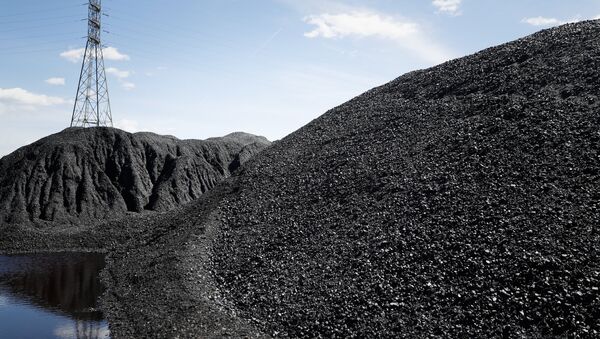India’s core Index of Industrial Production has declined by 5.2 per cent in September from 0.5 per cent contraction in August, according to data released by the Federal Trade Ministry on Thursday. Coal production registered the highest decline at –20.5 per cent.
Industrial growth is measured in terms of production in eight core sectors – Coal, Crude Oil, Natural Gas, Refinery Products, Fertilisers, Cement, Steel and Electricity. The combined index of these sectors stood at 120.6 in September, down by 5.2 per cent against the figures for September 2018.
Coal production declined by 20.5 per cent in September, showing a cumulative decline of 3.5 per cent during the period April to September over the corresponding period in 2018. Crude production and Fertilisers declined by 5.4 per cent, Natural Gas by 4.9, Refinery Products 6.7 per cent, Steel 0.3 per cent, Cement 2.1 per cent and Electricity generation by 3.7 per cent.
Meanwhile, the fiscal deficit of the federal government during the first half of the financial year 2020 was INR 6.52 trillion, 96 per cent of the annual target. “The fiscal deficit trend is a bit worrisome. Had there not been one-time windfall gain from the RBI, the fiscal deficit would have become much worse,” said Dr Devendra Pant, Chief Economist with India Rating and Research.
Dr Pant said the performance in tax revenue was a worrying trend. The net tax revenue growth declined to 3.0 per cent in the second quarter of Financial Year 2020, a decline of 1.2 per cent from the first quarter’s 4.2 per cent.
“Higher expenditure growth in the second quarter of the current financial year will provide some support for economic growth, which is affected by demand slowdown. While the growth is likely to improve in the second half-year, which will translate in relatively better tax collection and growth,” explained Dr Pant.




